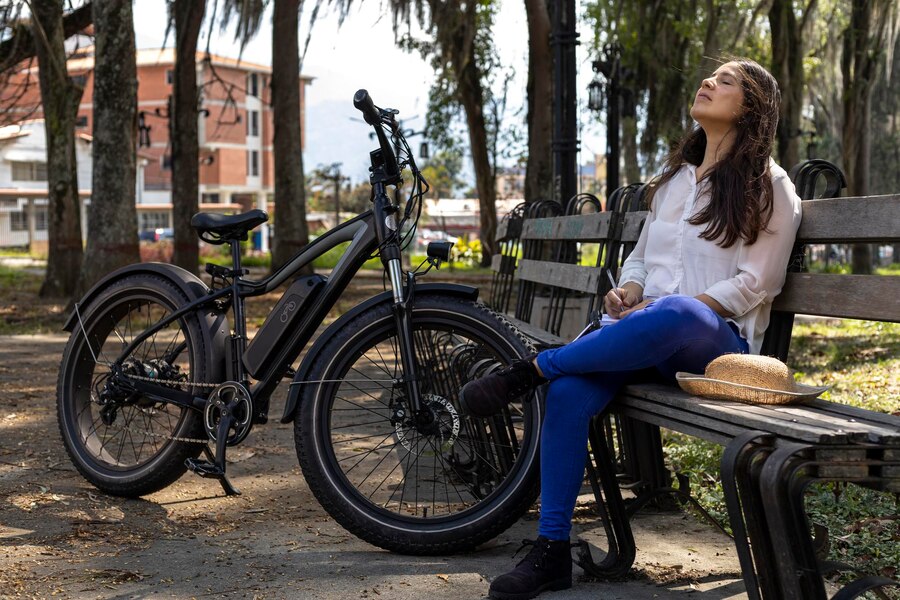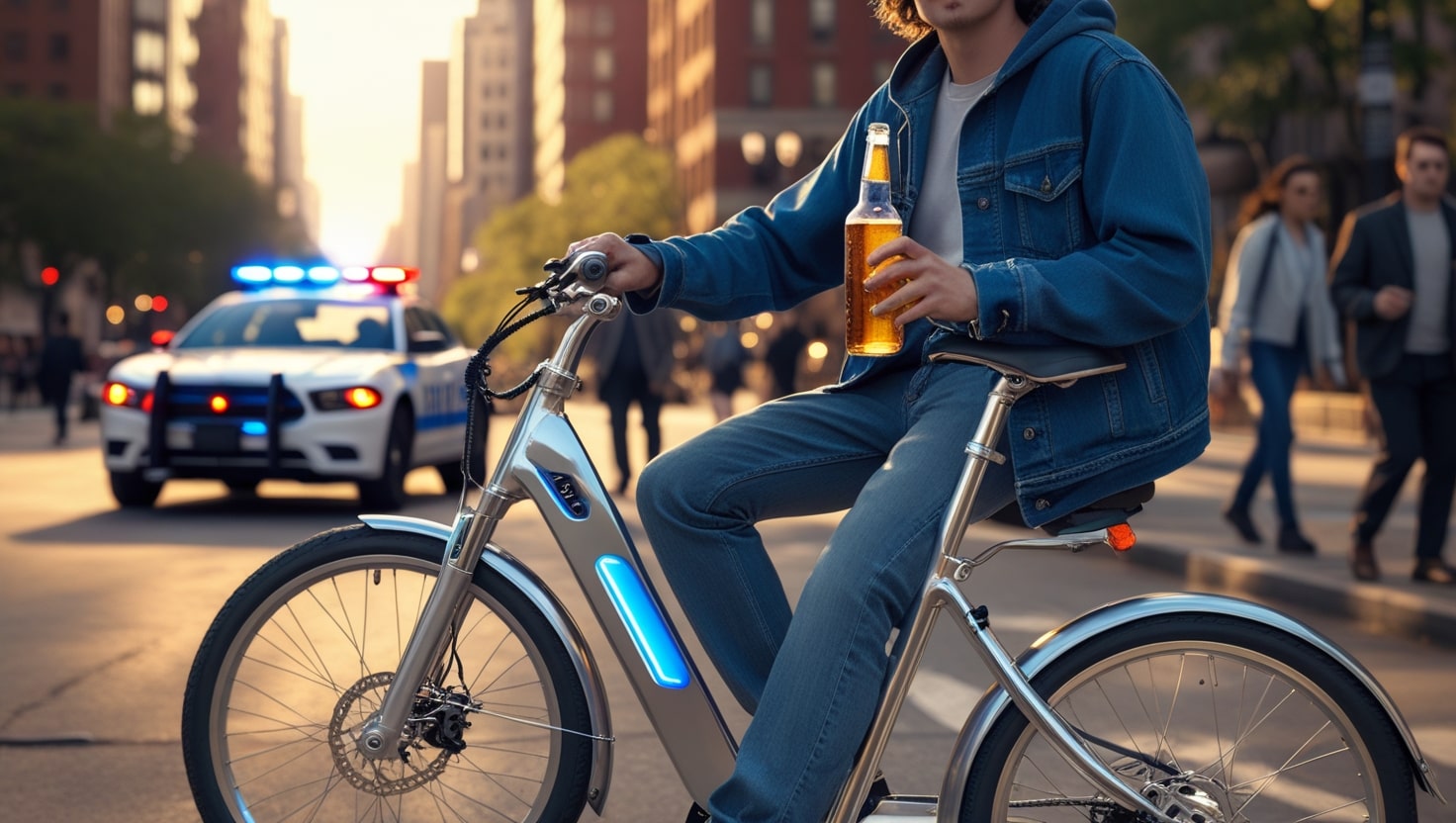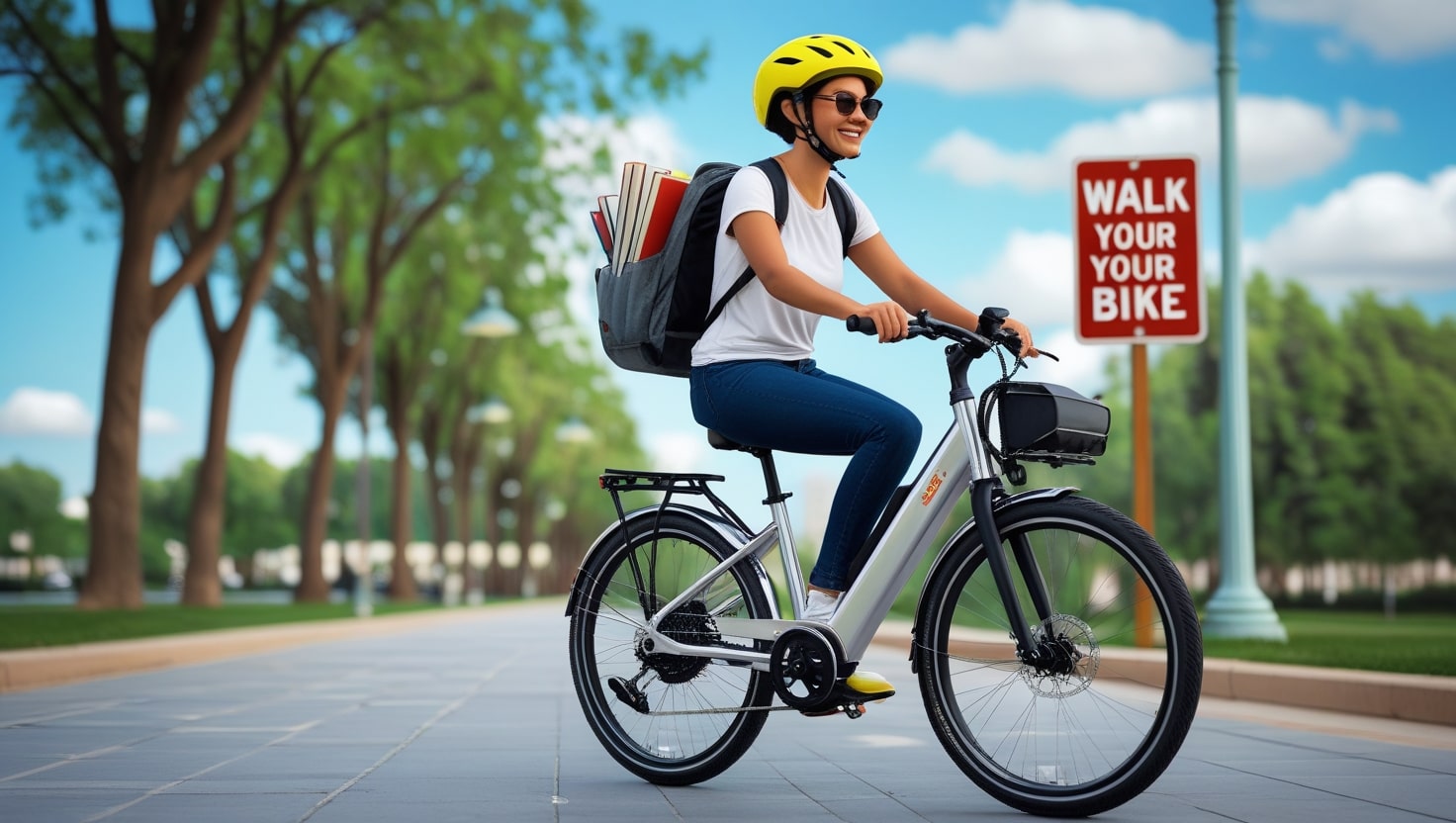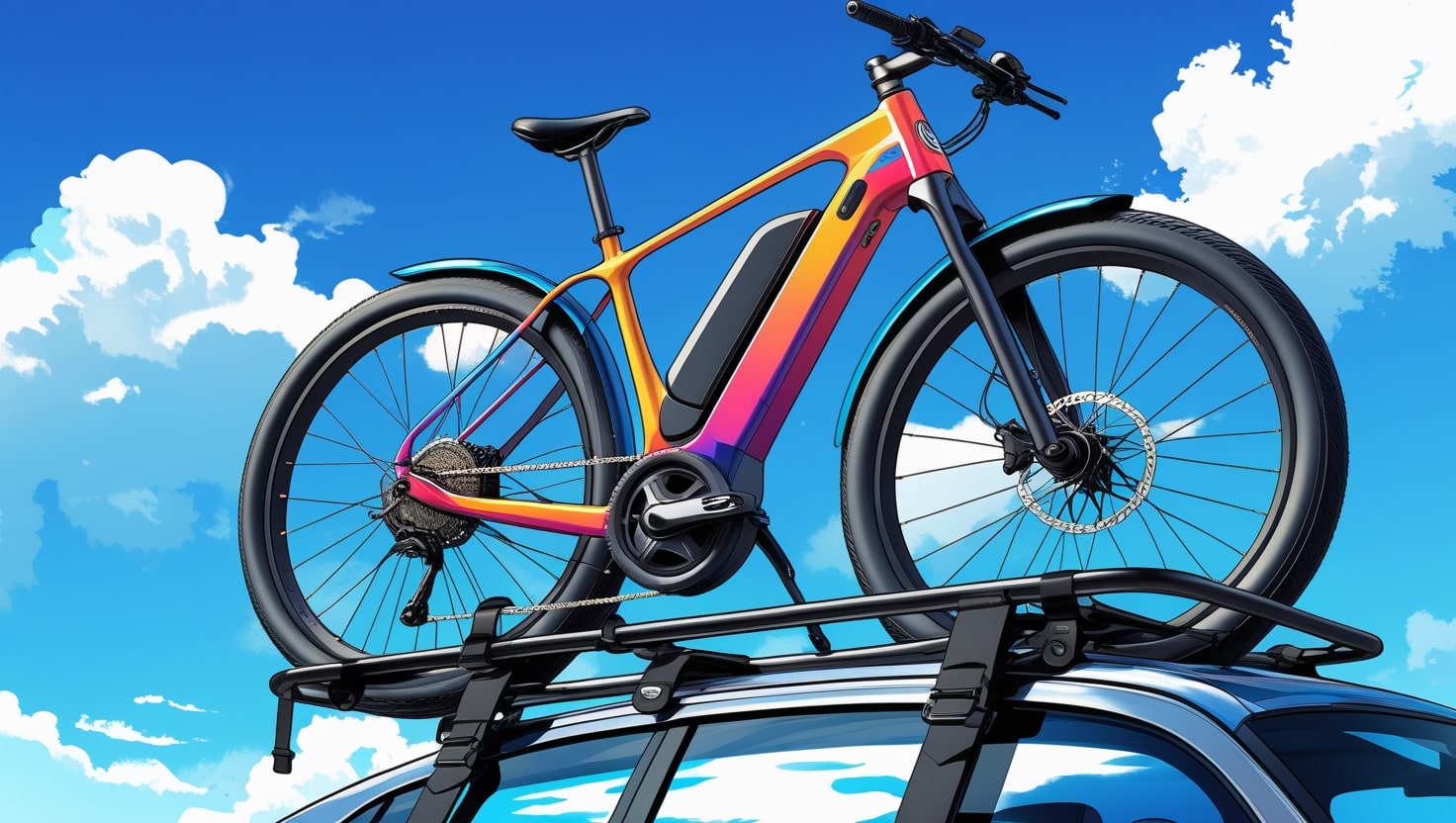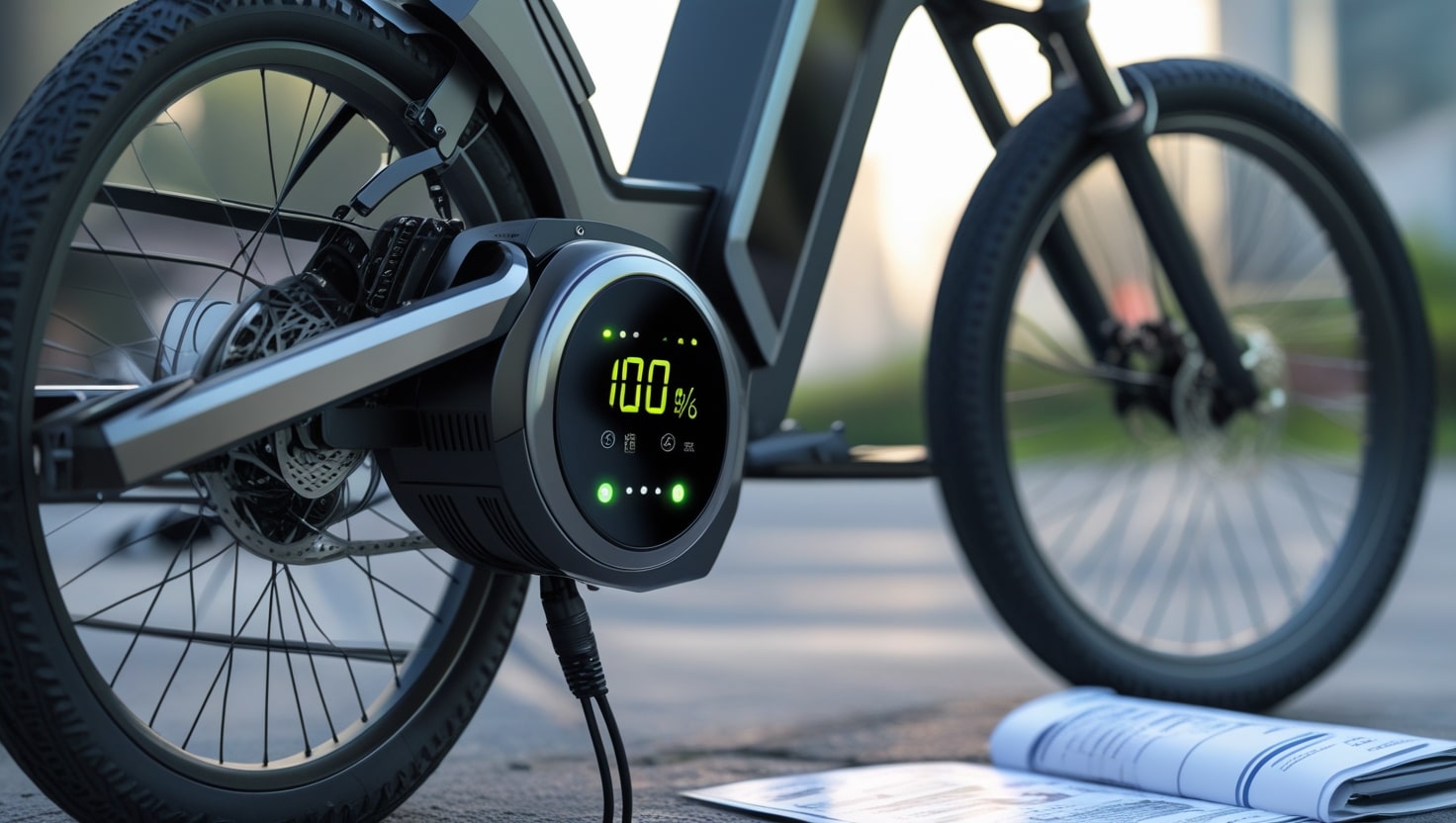When it comes to Oregon ebike laws, the state is at the forefront of adopting progressive measures that encourage the use of electric bikes for transportation. As an enthusiast who values a greener alternative, I’ve found that Oregon’s regulations make it simple for both new and experienced riders to embrace e-bikes without fear of running afoul of the ticket book.
Understanding these essential laws allows you to ride interference-free in this prime location while exploring the many points that make e-bikes a perfect fit for sustainable commuting. This article distills the key information you need to consider as you navigate this progressive landscape.
Related: New Jersey eBike Laws
Do You Need a License for an Electric Bike in Oregon?
The short answer is no—in Oregon, you don’t need a license to ride electric-assisted bicycles, which are legally classified and regulated similarly to traditional bicycles. As long as the motor has a maximum power output of 1000w, the bike is propelled by human power through pedals, and its speed does not exceed 20mph, you can enjoy riding without worrying about registration, licensing, or insurance typically required for motor vehicles. This makes it easy to comply with the requirements and ensures your ride remains hassle-free.
This basic principle of e-bikes differs significantly from the standard electric bike classification system adopted by other states, which divides e-bikes into three distinct classes.
- Class 1 Electric Bike: Designed for pedal assist only, with no throttle and a maximum assisted speed of 20 mph. Ideal for riders who prefer consistent pedaling.
- Class 2 Electric Bike: Features a motor that can propel the bike solely, without requiring pedaling, and maintains a maximum speed of 20 mph. Perfect for relaxed rides or when pedaling isn’t an option.
- Class 3 Electric Bike: A pedal-assist model with no throttle, reaching a maximum assisted speed of 28 mph. Designed for higher performance and faster commutes.
In Oregon, ebikes are classified primarily into Class 1 and Class 2 categories, based on their maximum speed, making it easy to recognize which type suits your needs.
Street Legal Electric Bike: Where Can You Ride?

E-bikes are welcomed on bike paths, providing a scenic and efficient way to enjoy your daily commute or leisurely rides. However, there is a notable exception—electric bikes are not allowed on sidewalks. This regulation ensures the safety of both pedestrians and riders alike, making it easier to share the road responsibly while enjoying your ride.
Additional Ebike Laws
In Oregon, the laws for electric bicycle riders ensure safety and accessibility. If you are 16 years or older, you’re good to go, as the minimum age is clearly set to open up a world of mobility for younger riders. While riders are not required to wear a helmet, the freedom of choice comes with the responsibility of considering safety, especially on challenging terrain or busier roads. Making a prudent decision to use a helmet can enhance your riding experience by helping you navigate confidently.
eMTB Guidelines: Exploring Beyond the Road
Electric mountain bikes (eMTBs) offer exciting opportunities to explore local trails, but understanding guidelines is key to a smooth experience. On federal, state, and country trails, access can vary depending on whether the trail is designated for motorized or non-motorized uses.
Most trails that welcome both allow eMTBs, but it’s important to seek up-to-date information and check local rules with land managers before heading out. This approach ensures compliance with specific guidelines and keeps the riding community responsible and respectful.
To protect natural spaces, it’s best to avoid riding in areas where rules are unclear. Always check trail access and follow the regulations to keep eMTB riders seen as considerate.
Oregon EBike Laws for Singletrack Trails
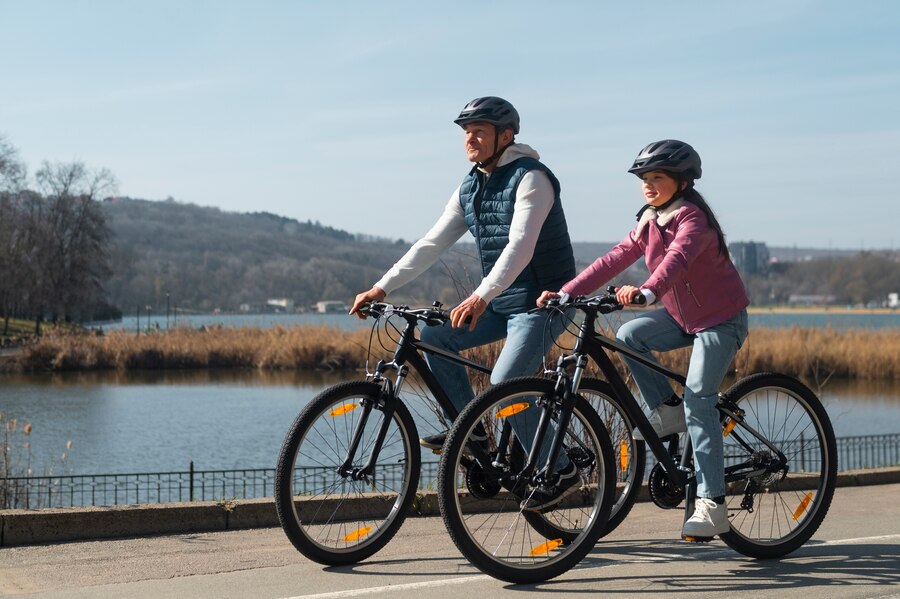
Local Level:
- Always check with your local land management agency to confirm the current rules for riding e-bikes on singletrack trails. This ensures you comply with local regulations and understand any trail restrictions.
State Level:
- The Oregon Parks and Recreation Department has specific rules for electric bicycles. Class 1 and class 2 e-bikes are allowed on natural surface trails that are eight feet or wider, but they are restricted on narrower mountain bike trails. Checking trail width is key before heading out.
Federal Level:
- On federal lands, such as those managed by the US Forest Service or BLM Oregon State Office, eMTBs are classified as motorized vehicles, giving them access to motorized trails. For more information, contact the Pacific Northwest Regional Office or your local federal land agency to ensure you ride responsibly.
GREAT eMTB RIDES IN OREGON
- Post Canyon near Hood River offers a thrilling 20-mile loop, perfect for riders looking to explore forested trails.
- The Elkhorn Crest Loop in Sumpter provides an adventurous 38.1 miles, combining stunning views and challenging terrain.
- The South Fork Walla Walla trail in the Umatilla National Forest covers 18 miles, offering serene riverside paths.
- Explore the Umatilla Rim in the same national forest, which stretches for 35.3 miles and features diverse landscapes.
- The Little Greyback – Mule Mtn. Loop in the Rogue River National Forest is a compact yet scenic ride of 17.6 miles, ideal for a quick escape into nature.
Why Consider an Electric Bike?

E-bikes are a great option for riders who want to venture further and enjoy cycling more often. They are thoughtfully designed with safety in mind, making them as secure as traditional bicycles. For those who might feel discouraged by challenges like physical fitness, age, or lack of convenience, e-bikes offer a practical and appealing solution. Their adaptability and inclusiveness make them a fantastic choice for a diverse range of users, ensuring everyone can experience the joy of riding.
E-bike laws in Oregon
Now that we’ve clarified what qualifies as an e-bike in Oregon, let’s dive into the laws surrounding them. Below, we highlight important regulations that electric bike riders in Oregon should be aware of. Please note, this information is correct as of February 2023 but may be subject to updates.
Are e-bikes allowed on Oregon bike trails and public land?
Trails in Oregon have different rules based on the governing authority. For instance, Oregon state parks and the Oregon Parks and Recreation Department permit Class 1 and Class 2 e-bikes on trails that are 8 feet or wider. However, e-bikes aren’t allowed on mountain bike trails (MTB trails), ensuring these paths remain reserved for traditional bikes.
On federally governed lands, such as those managed by the U.S. Department of the Interior Bureau of Land Management (BLM), the rules for e-bikes depend on the trail’s designation. According to the BLM, e-bikes are allowed on any roads or trails open to motorized vehicles, making it easier for riders to explore vast natural spaces.
What class of e-bikes are legal in Oregon?
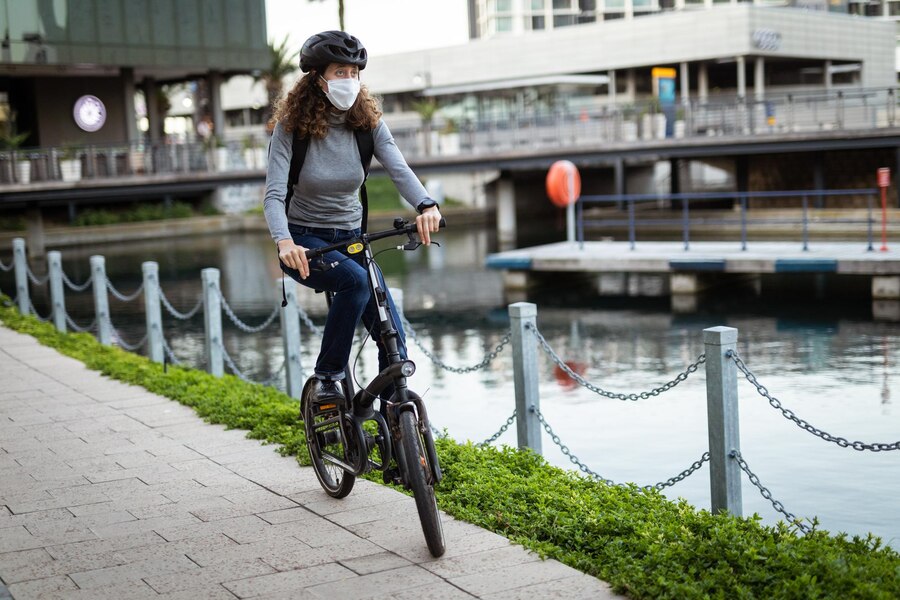
In Oregon, all three e-bike classes—Class 1, Class 2, and Class 3—are allowed under state laws, but the rules for their use can vary. These classifications are unique to Oregon and determine where you can ride and whether you need to wear a helmet. For example, while a Class 3 e-bike in Oregon aligns with the 28 mph industry standard, states like New York have different definitions, restricting speeds to 25 mph. It’s important to note that each state has its own guidelines, so knowing the local rules is essential.
How old do you have to be to ride an e-bike in Oregon?
According to Oregon law, you must be at least 16 years old to ride an e-bike. The state is taking a tougher stance on underage cycling, with plans to fine people who do not meet the age minimum. This rule requires riders to follow age limits strictly, ensuring safety for everyone.
Do you need a helmet when riding an e-bike in Oregon?
In Oregon, e-bike cyclists are not required to wear a helmet, but it is strongly recommended for your safety. A helmet can protect you from serious trauma, such as brain injuries, in the event of a crash. For more details, check out our state-by-state helmet law guide, which includes tips on making sure your helmet fits properly and offers maximum protection.
Is there a speed limit or restriction on motor power for e-bikes in Oregon?
Under Oregon state law, an electric bicycle must follow specific restrictions on its motor and speed. The power output of an e-bike cannot exceed 1,000 watts, and the motor cannot propel the bike independently without the cyclist pedaling (known as throttle assist) at speeds over 20 mph.
Do you need a license, insurance, or registration to ride an e-bike in Oregon?
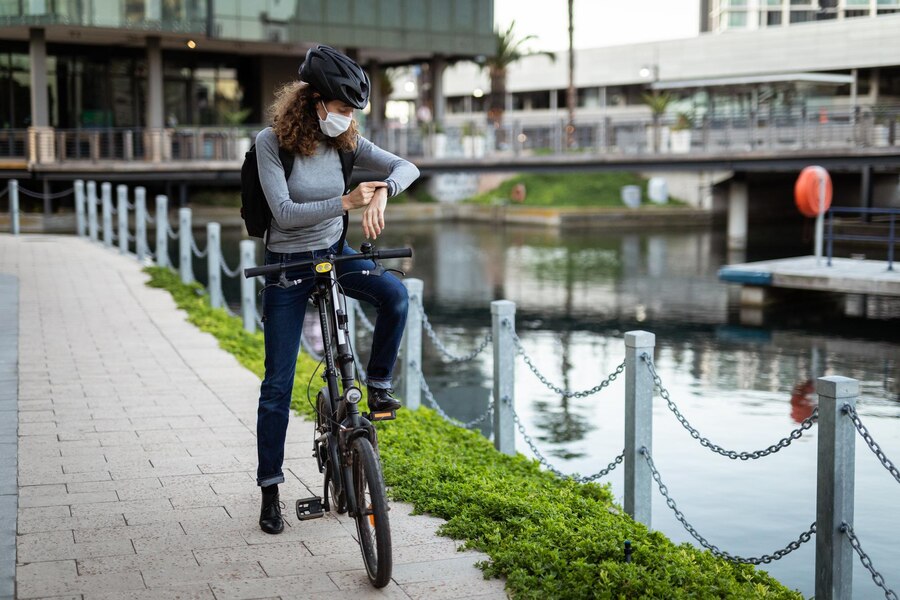
The good news for riders in Oregon is that you don’t need a driver’s license, registration, or insurance to ride an e-bike. The state doesn’t have any registration requirements for electric bicycles, making them accessible to everyone. While e-bike insurance isn’t required, it can be a smart investment. A well-chosen policy and coverage can cover everything from e-bike repairs to medical expenses if an accident occurs, depending on the details.
Local ordinances for e-bikes in Oregon
While e-bike laws in Oregon provide general regulations that apply across the state, it’s important to be aware that local ordinances may differ. Before you ride, always check your area’s laws. In urban spaces, you can consult your local police department or DMV for publicly available guidelines on specific restrictions in your city or county.
For example, the city of Eugene has unique rules. Class 1 and Class 2 e-bikes aren’t allowed on side paths in the Whilamut Natural Area or East Alton Baker Park when the electric motor is on. Additionally, Class 3 e-bikes cannot be used on any shared-use paths, ensuring compliance with local ordinances and maintaining harmony between all users.
Final Thoughts
Oregon’s electric bike laws reflect a progressive stance, blending freedom with responsibility to encourage safe and enjoyable rides. Whether you’re commuting to work, hitting the trails, or simply exploring Oregon’s beautiful landscapes, understanding and respecting these laws ensures not only your safety but also the sustainable growth of e-bikes as a beloved mode of transportation.
If you’re ever unsure about legalities or where to ride your eMTB, reaching out to local authorities or consulting reliable resources can provide the clarity and confidence you need. With this knowledge, you can fully embrace the freedom that e-biking offers while contributing to its growing popularity on two wheels.
FAQs
Do I need a license for an electric bike in Oregon?
The answer is no—you do not need a license to drive an electric bike in Oregon as long as it meets specific criteria. This includes having a motor with a maximum power output of 1000w and ensuring the bike does not exceed a speed of 20mph.
Are electric bikes allowed on sidewalks in Oregon?
In Oregon, electric bikes are not allowed on sidewalks, ensuring the safety of pedestrians and riders. However, they are permitted on bike paths, aligning with the state’s efforts to keep all users safe while promoting responsible use of shared spaces.
What is the minimum age to ride an electric bike in Oregon?
The minimum age requirement to ride an electric bike in Oregon is 16 years. This regulation ensures that younger riders have the maturity and skill needed to navigate safely and responsibly while enjoying the benefits of e-biking.
Is it mandatory to wear a helmet while riding an electric bike in Oregon?
In Oregon, riders of electric bikes are not required to wear helmets. However, wearing one is strongly recommended for safety reasons, especially when navigating busy roads or trails.
Can electric mountain bikes (eMTBs) be used on trails in Oregon?
In Oregon, riders of electric bikes, including eMTBs, can use certain trails, but the rules may vary depending on the location. While helmets are not required, wearing one is strongly recommended for safety reasons, especially when navigating busy trails. Prioritizing your safety ensures a secure and enjoyable experience for all trail users.

